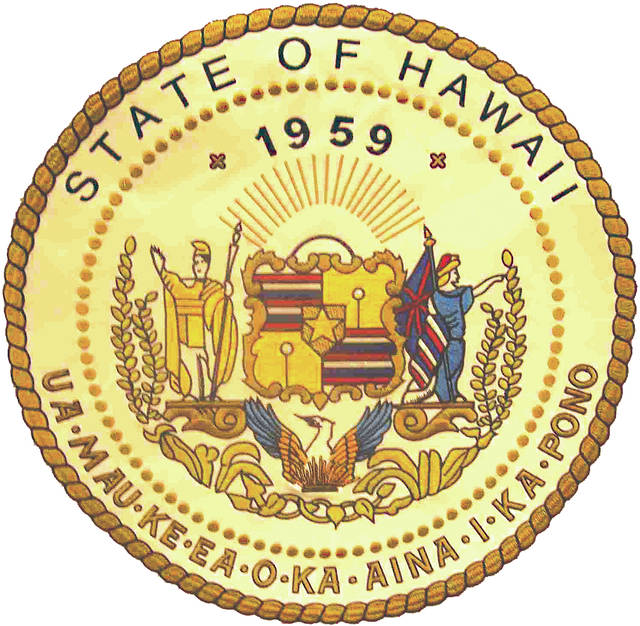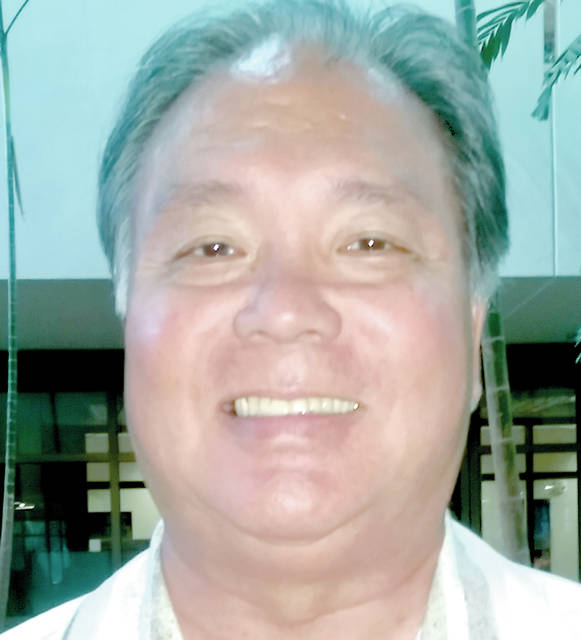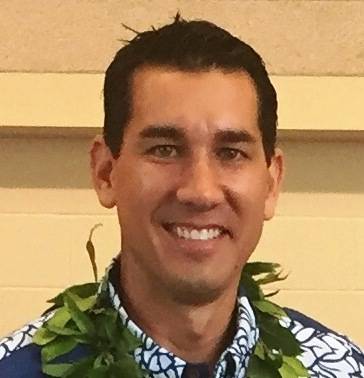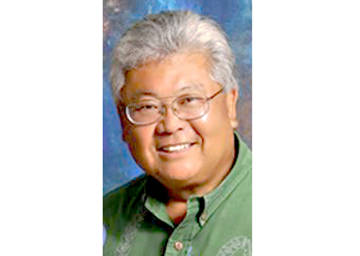Hawaii County could get a better view of its budget gap today as legislators meet one last time over how much of the hotel tax to share with the counties.
Managing Director Wil Okabe said the county is anticipating a shortfall of between $12 million and $16 million in the next fiscal year.
That range takes into account a possible $2 million reduction in its share of hotel tax revenue, also known as the transient accommodations tax, increases in health care and retirement costs and pending union negotiations.
Tax increases are being considered to help cover the difference, though with some unknowns remaining in the budget, county officials aren’t providing specifics yet. Mayor Harry Kim will present his updated budget to the County Council on May 5.
Options include raising property taxes, gas taxes, permit fees and a one-half cent general excise tax surcharge. Property taxes have been raised three times in the past five years.
The counties currently share $103 million in hotel tax revenue, with Hawaii County getting about $19.2 million. Representatives of the Senate and House remain deadlocked over whether to keep it the same, or allow it to drop back to $93 million. The latter option will occur if no bill is passed.
Caps for the counties’ share were introduced during the Great Recession.
The tax paid on hotel rooms and other lodging is the county’s highest revenue source after property taxes.
“We provide all these services for the tourists and people who come to the Neighbor Islands to enjoy the county of Hawaii,” Okabe said. “Roads, parks, the beaches, the rescues when they go hiking, rescues from the ocean. All these things the county provides, and it’s very disappointing.”
Two Hilo lawmakers — Sen. Kai Kahele and Rep. Richard Onishi — are on opposite sides of this issue.
Kahele introduced a bill to increase funding for the counties. It wouldn’t have increased the tax rate.
“I personally feel, as an outer island legislator, one of my core duties and functions is to fight for the TAT for Hawaii County,” he said Tuesday.
“Unfortunately, some of the legislators don’t feel the same way.”
The House replaced his bill with language dropping the funding back to $93 million and providing some additional money to the Hawaii Tourism Authority for addressing homelessness in resort areas.
Onishi is one of the House representatives on the bill’s conference committee. Earlier this session he introduced a bill to eliminate the counties’ share of the hotel tax after three years while also reducing income tax rates.
“I think the current fiscal situation of the state at this point is not conducive to increase the TAT even back to $103 million,” he said Tuesday.
Onishi said he considers the $2 million difference for the county to be small. The county’s preliminary budget issued in March was about $474 million.
“I understand it is a cut in the allocation to the county,” he said. “But when you look at the total county budget, less than $2 million is not a significant amount of money.”
Onishi said the state also faces higher operating costs.
But Okabe said the county is in a tight spot fiscally and every bit helps.
“We’re trying to do the best we can but this doesn’t help us at all,” he said.
A decision rendered by an arbitration panel Thursday will provide raises of 6 percent to 7 percent throughout two years for public workers represented by the Hawaii Government Employees Association. Those include units 2, 3, 4 and 13 at Hawaii County.
It wasn’t immediately clear how that would affect the county’s projections.
Deputy Finance Director Deanna Sako said contracts with United Public Workers and the State of Hawaii Organization of Police Officers also are up for renegotiation soon.
Email Tom Callis at tcallis@hawaiitribune-herald.com.













